Greystoke Mahale: monkeying around with chimps
Chimpanzees share more than 98% of our DNA - and time spent with them in the Tanzanian jungle reveals just how much we have in common

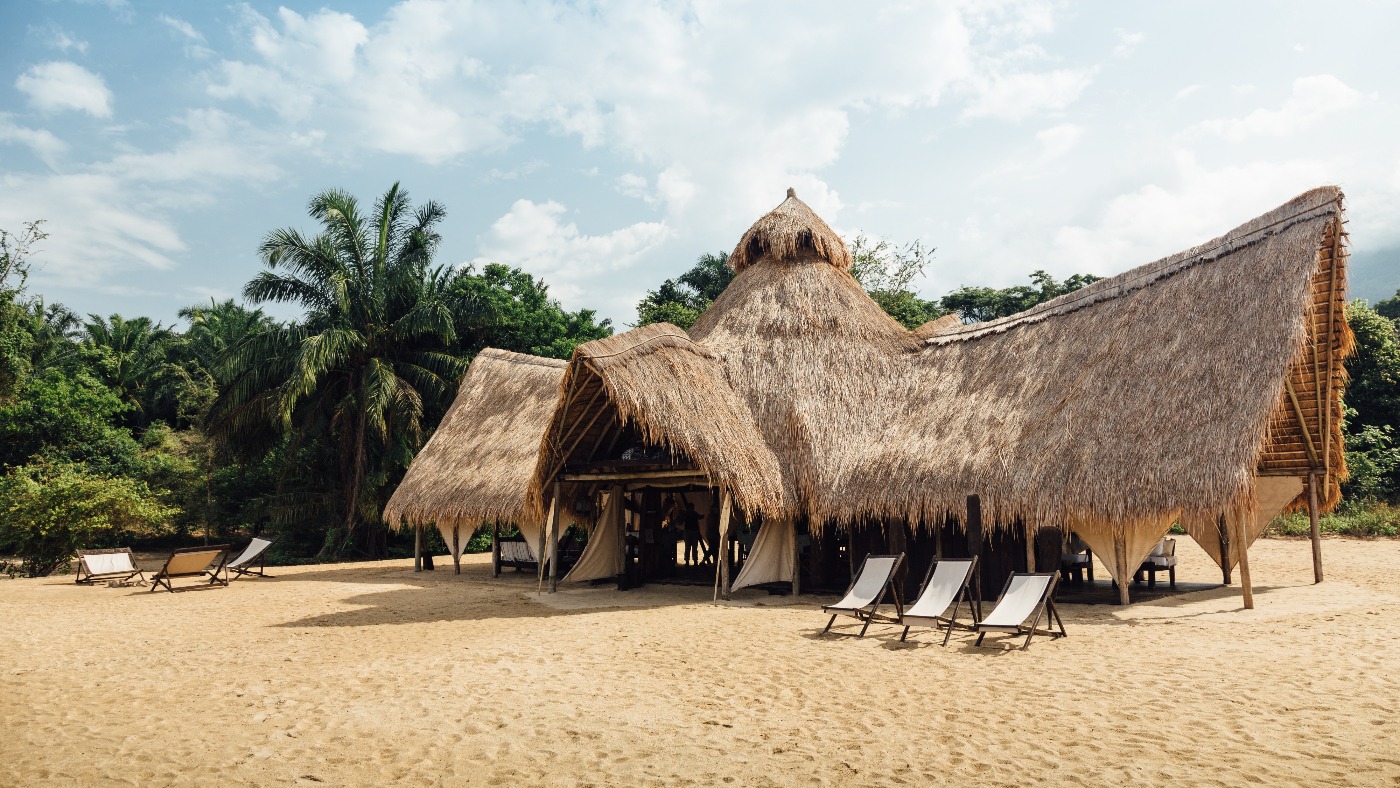
After a long light-aircraft flight and a leisurely cruise along the shore of Lake Tanganyika, a lucky few guests will round a mountainous headland and land at Greystoke Mahale, a surreal cross between a safari camp and a tropical island paradise. From its private beach, they will trek into the jungle for an encounter with a community of chimpanzees, our closest non-human relatives.
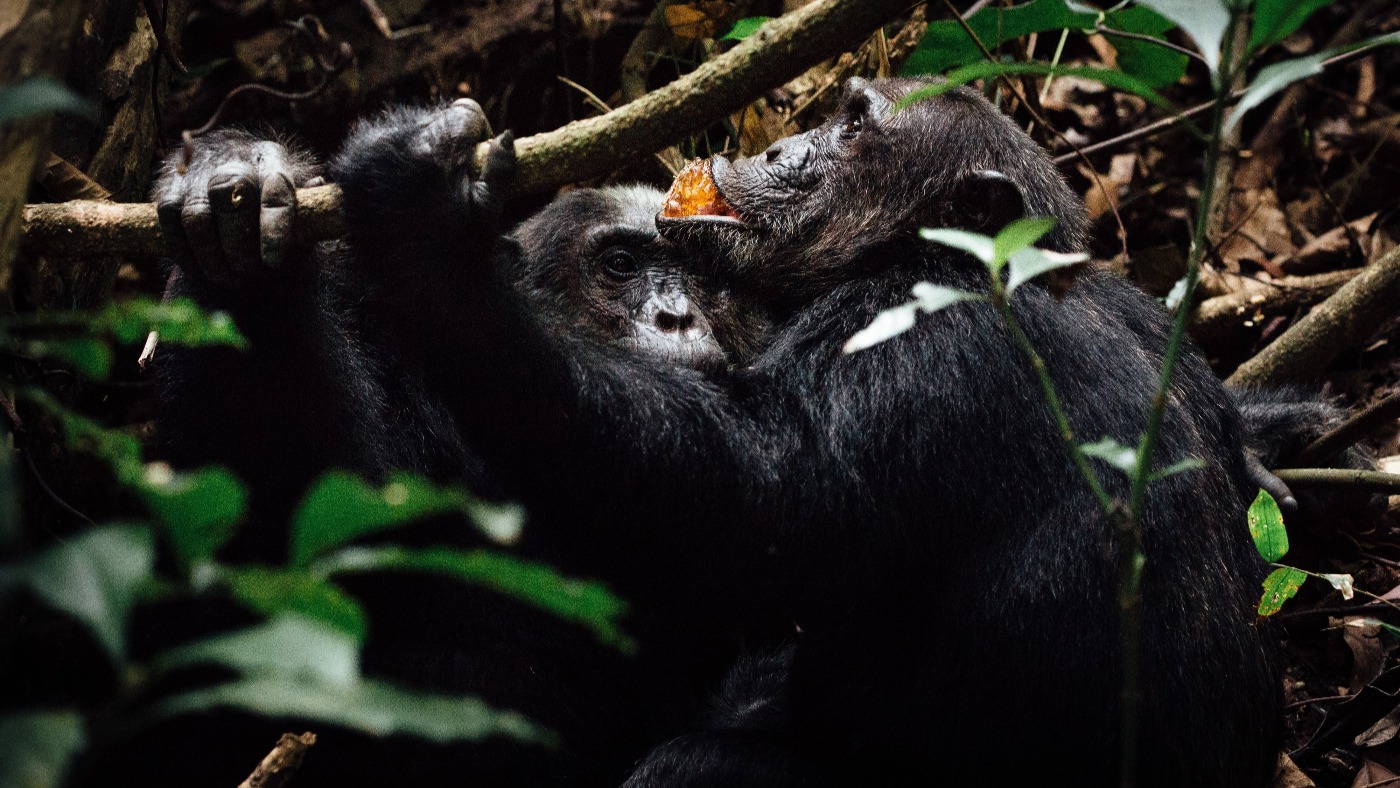
Where is it?
One of the most far-flung lodges in Africa, Greystoke is on the western edge of Tanzania. Hemmed in between the Mahale mountains and Lake Tanganyika, it is a long way from the nearest road. It is, in fact, accessible only by a four-hour flight on a light aircraft from Kilimanjaro Airport in the north of the country - or about an hour’s flight from Chada Katavi, a sister camp also run by Nomad Tanzania - followed by 90 minutes on a dhow (a traditional wooden boat). The journey is very much part of the adventure.
The Week
Escape your echo chamber. Get the facts behind the news, plus analysis from multiple perspectives.

Sign up for The Week's Free Newsletters
From our morning news briefing to a weekly Good News Newsletter, get the best of The Week delivered directly to your inbox.
From our morning news briefing to a weekly Good News Newsletter, get the best of The Week delivered directly to your inbox.
The game
One species above all others brings visitors to Mahale: the chimpanzees. Game drives are impossible here (there are no roads and no vehicles), so guests head out on foot each morning, climbing from the camp into the dense forest of the Mahale mountains.
The length of the trek, which depends on the location of the chimps, will range from 15 minutes to three hours. A long walk is not necessarily a hardship: the forest is beautiful, if hot and steamy, and guides will point out other species of primate (including yellow baboons, blue monkeys, vervet monkeys and red-tailed monkeys), as well as countless birds, insects and plants. While chimp sightings are not guaranteed, most visitors spend at least three nights at Greystoke - and would be unlucky to draw a blank two days running.
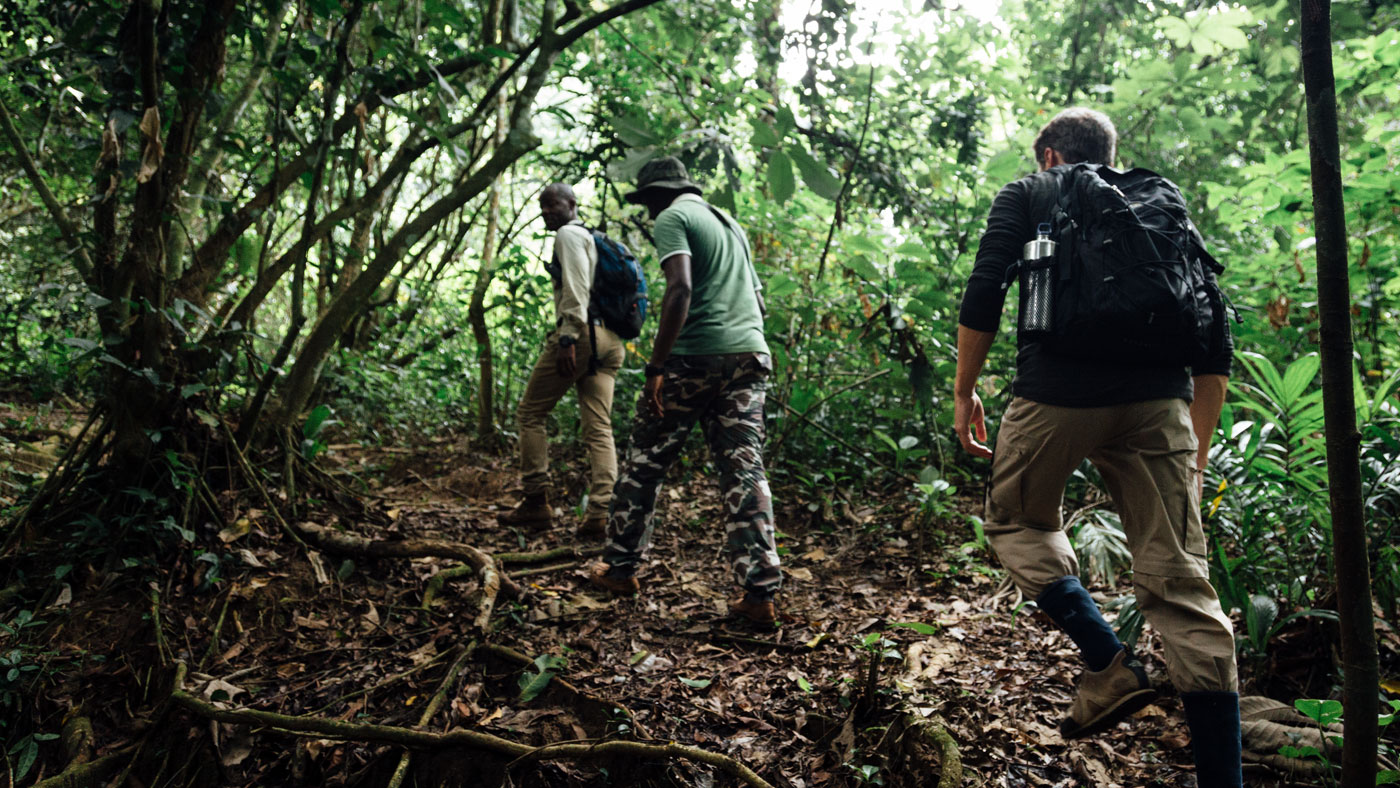
Time with the chimps is limited to an hour, but the clock is stopped and started as they come and go. The encounter does not feel rushed, and both the Nomad Tanzania guides and the national park rangers go out of their way to help you enjoy the experience.
A free daily email with the biggest news stories of the day – and the best features from TheWeek.com
As you watch the chimps eat, play, swing through the trees or scream and shout in a vigorous “pant-hoot”, your guide will identify them by name and explain their place in the community, as well as their personalities and how they relate to other chimps. Back at the lodge, you can read up on the intricate power games that have played out - sometimes violently - on the slopes of Mahale.
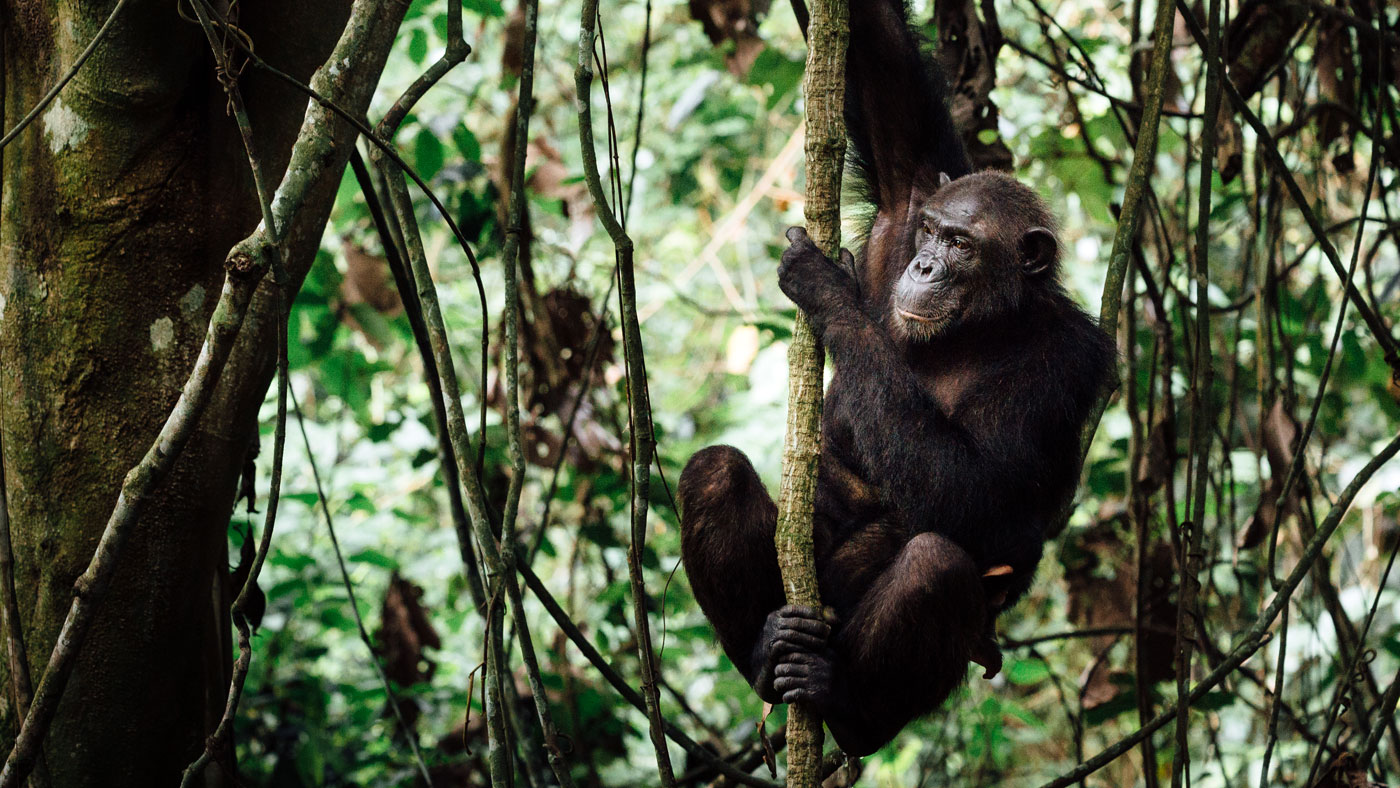
Photographing the chimps
Perhaps the ideal way to spend time with the chimpanzees is to leave your camera behind and enjoy a one-to-one connection. Realistically, though, you will want a record of the experience. Phone cameras work well, especially when the chimps are nearby and on the ground. They also take excellent video clips. For close-ups, however, you will need more serious equipment.
A 70-200mm or 300mm lens is ideal, and the faster the better, as the chimps are often in dark areas of the forest. High ISO can compensate for a slower lens: it’s better to set a fast shutter speed for a sharp image, even at the cost of some graininess. Sunny days are easier in some ways, although the high contrast between bright leaves and dark chimps may require manual exposure compensation.
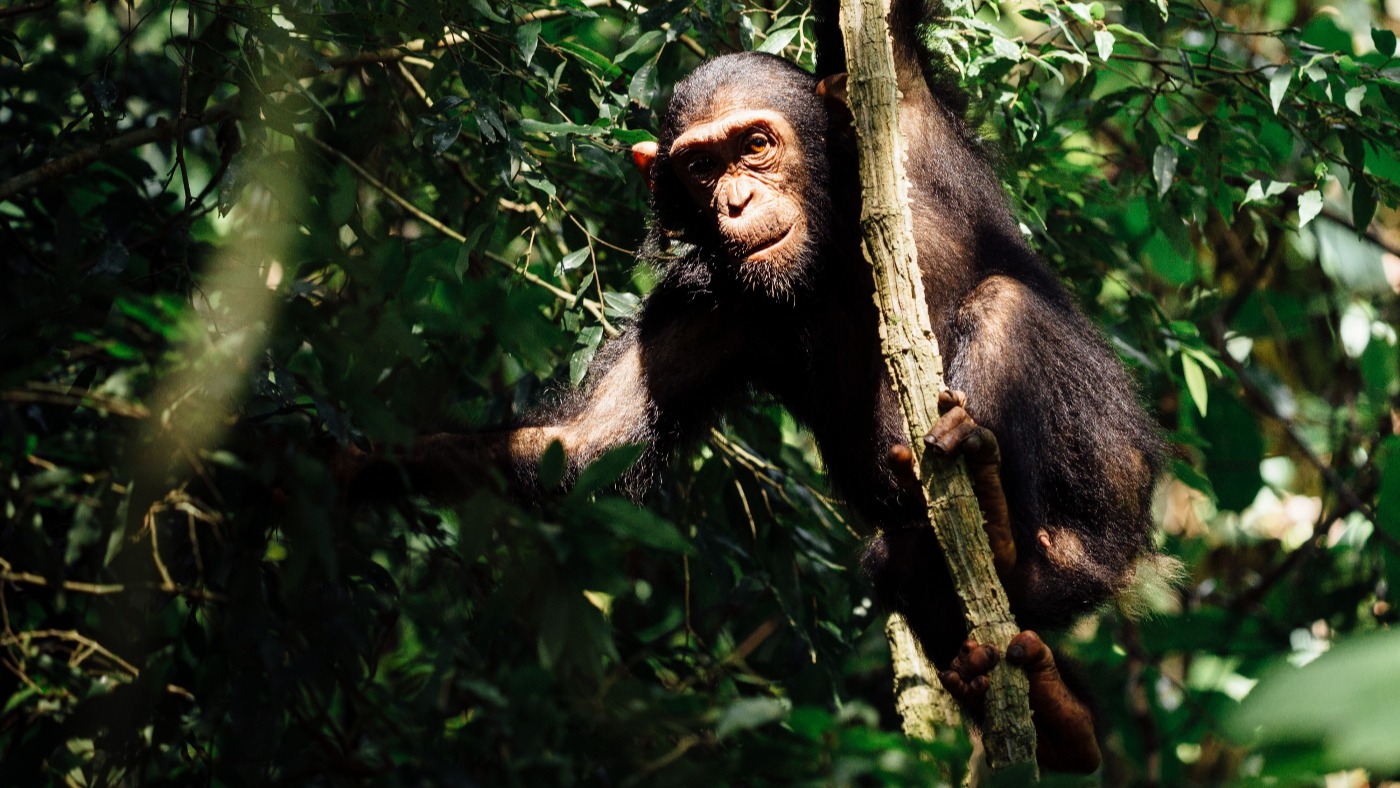
Also beware of lens fogging. Your camera will be cool after a night on the lake shore, and when it comes into contact with the hot, humid air of the forest it may steam up. Leave it out of your bag during breakfast to warm up, and either carry it as you walk or open your bag at water stops to help it acclimatise.
If your lens does fog resist the temptation to wipe it. The glass will keep steaming up until it has warmed anyway, and you’ll end up with smears. And don’t change lenses until everything has warmed up, or you’ll get condensation on the rear glass. Finally, remember that the surgical masks you have to wear to protect the chimps from human germs may cause the viewfinder to mist up - so even pictures that look foggy as you take them may in fact be crystal clear.
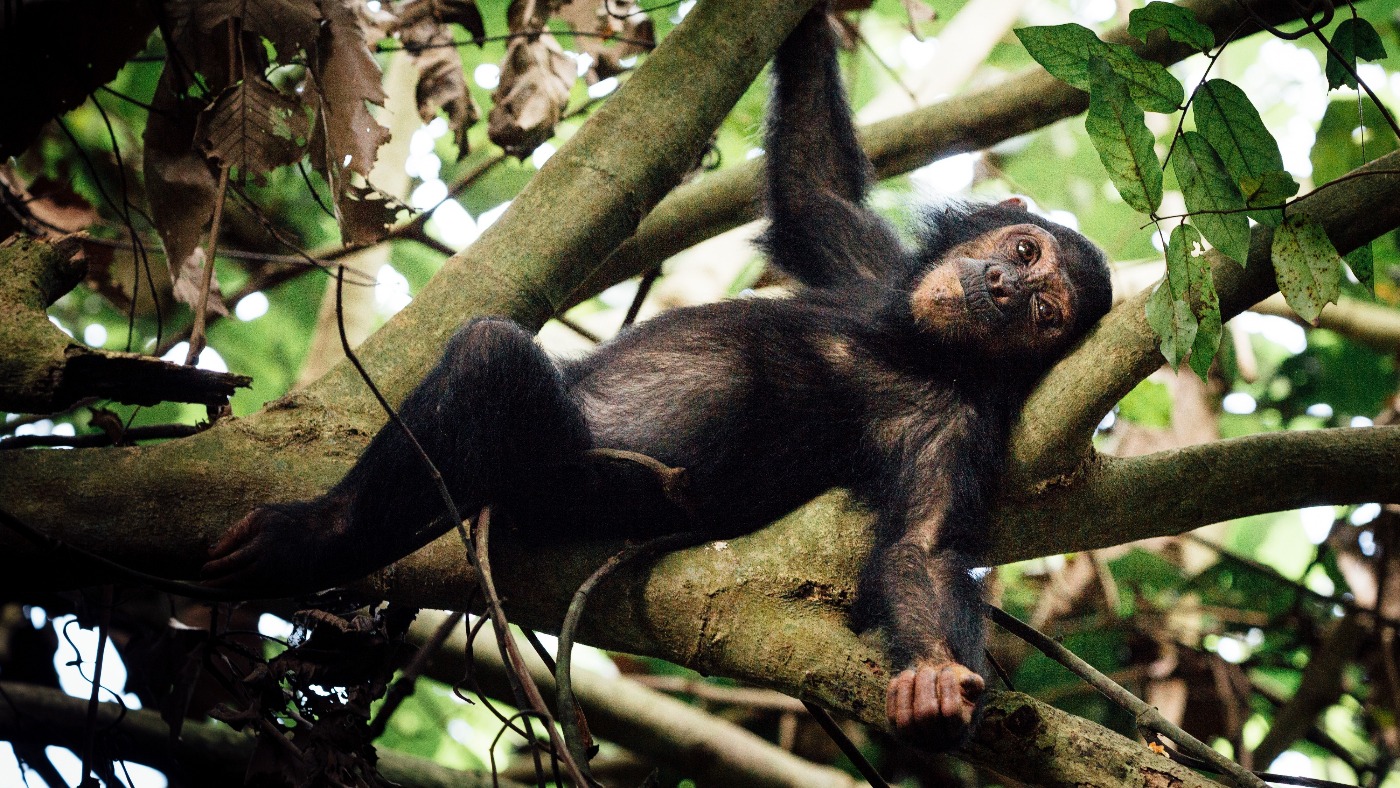
Accommodation and food
The focus of the camp is a great angular barn of a building, its shaggy grass roof providing shade from the sun, while its sides are open to the cooling breeze. Meals are served here at the rustic grandeur of the communal dining table - or else on the beach, by candlelight.
While the main building stands proudly onto the beach, the six guest rooms recede into the forest. Each one is a thatched two-storey banda - bedroom and bathroom downstairs, an observation deck up top - with an uninterrupted view of the lake. Exceptionally well designed and furnished, the rooms contain beds, tables, chairs and even a shower cabinet made from salvaged dhow timbers.
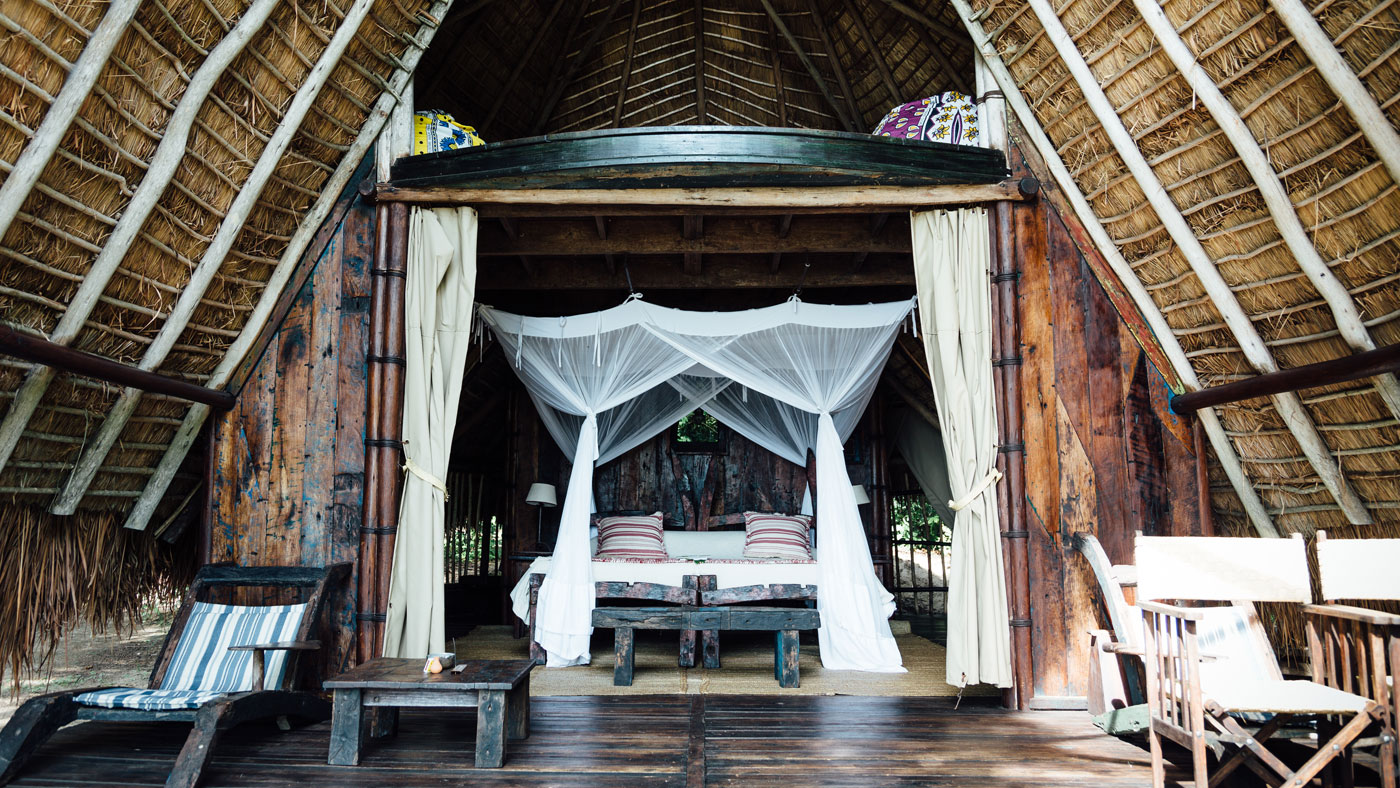
The food exceeds even Nomad Tanzania’s usual high standards. Evening meals included steak, chicken in a cream sauce and fish curry - all accompanied by fresh vegetables and salads. Ice creams and sorbets are a speciality.
When to go
The camp closes from mid-March to May, when heavy rains make forest tracks impassible. The end of the dry season, which runs from June to October, offers the easiest trekking conditions: paths are dry and firm and the chimps move closer to the camp (June tends to involve the longest treks). Temperatures sit in the high 20s all year, but humidity builds during the wet season. Nights are a little cooler in June and July, when temperatures may drop to 14C.
Price and booking
Rates for Greystoke Mahale start at about £600 per person per night in low season, including full board and most activities, but excluding flights and transfers. For more information and suggested itineraries, see the Nomad Tanzania website, and to book contact Yellow Zebra Safaris
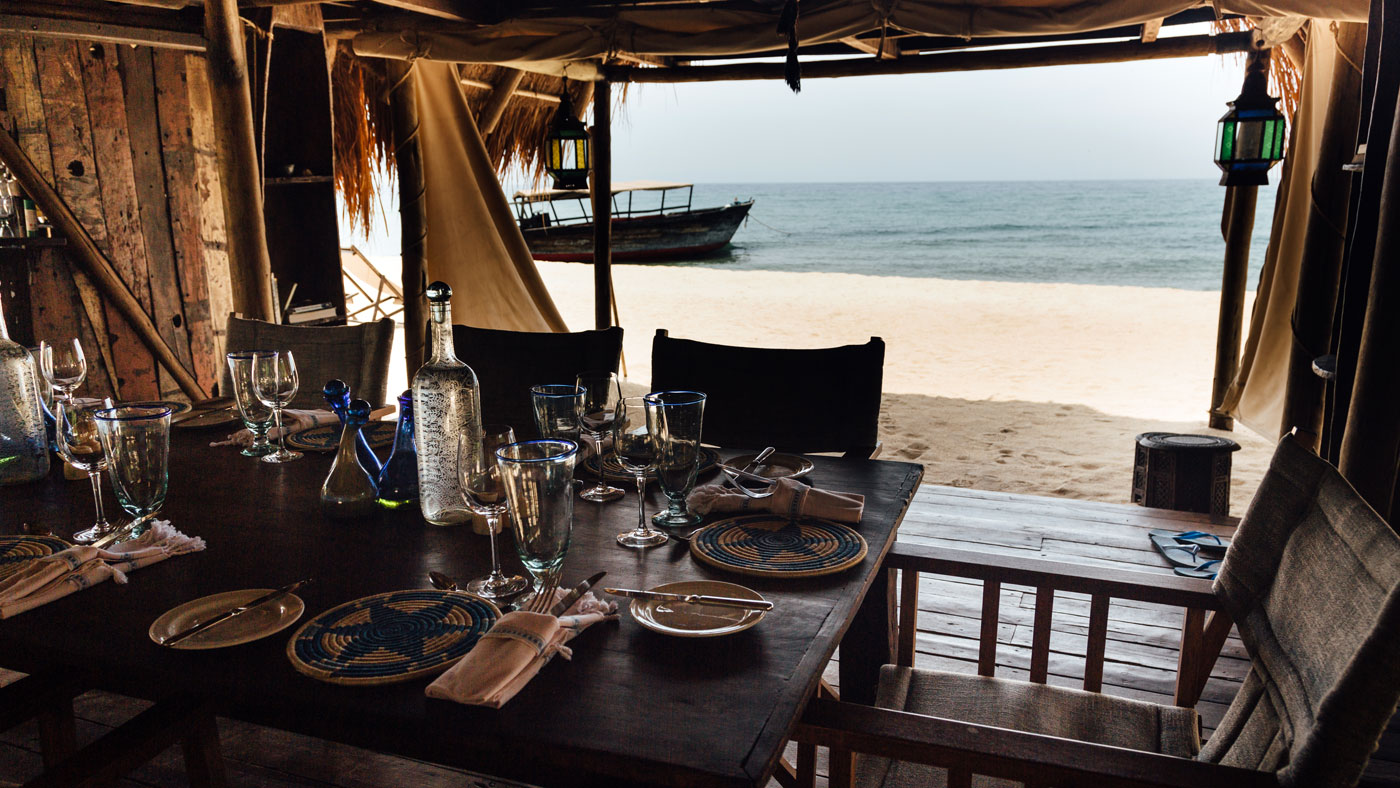
Holden Frith is The Week’s digital director. He also makes regular appearances on “The Week Unwrapped”, speaking about subjects as diverse as vaccine development and bionic bomb-sniffing locusts. He joined The Week in 2013, spending five years editing the magazine’s website. Before that, he was deputy digital editor at The Sunday Times. He has also been TheTimes.co.uk’s technology editor and the launch editor of Wired magazine’s UK website. Holden has worked in journalism for nearly two decades, having started his professional career while completing an English literature degree at Cambridge University. He followed that with a master’s degree in journalism from Northwestern University in Chicago. A keen photographer, he also writes travel features whenever he gets the chance.
-
 Bari Weiss’ ‘60 Minutes’ scandal is about more than one report
Bari Weiss’ ‘60 Minutes’ scandal is about more than one reportIN THE SPOTLIGHT By blocking an approved segment on a controversial prison holding U.S. deportees in El Salvador, the editor-in-chief of CBS News has become the main story.
-
 ‘Journalism is on notice’
‘Journalism is on notice’Instant Opinion Opinion, comment and editorials of the day
-
 A foodie guide to Edinburgh
A foodie guide to EdinburghThe Week Recommends Go all-out with a Michelin-starred meal or grab a casual bite in the Scottish capital
-
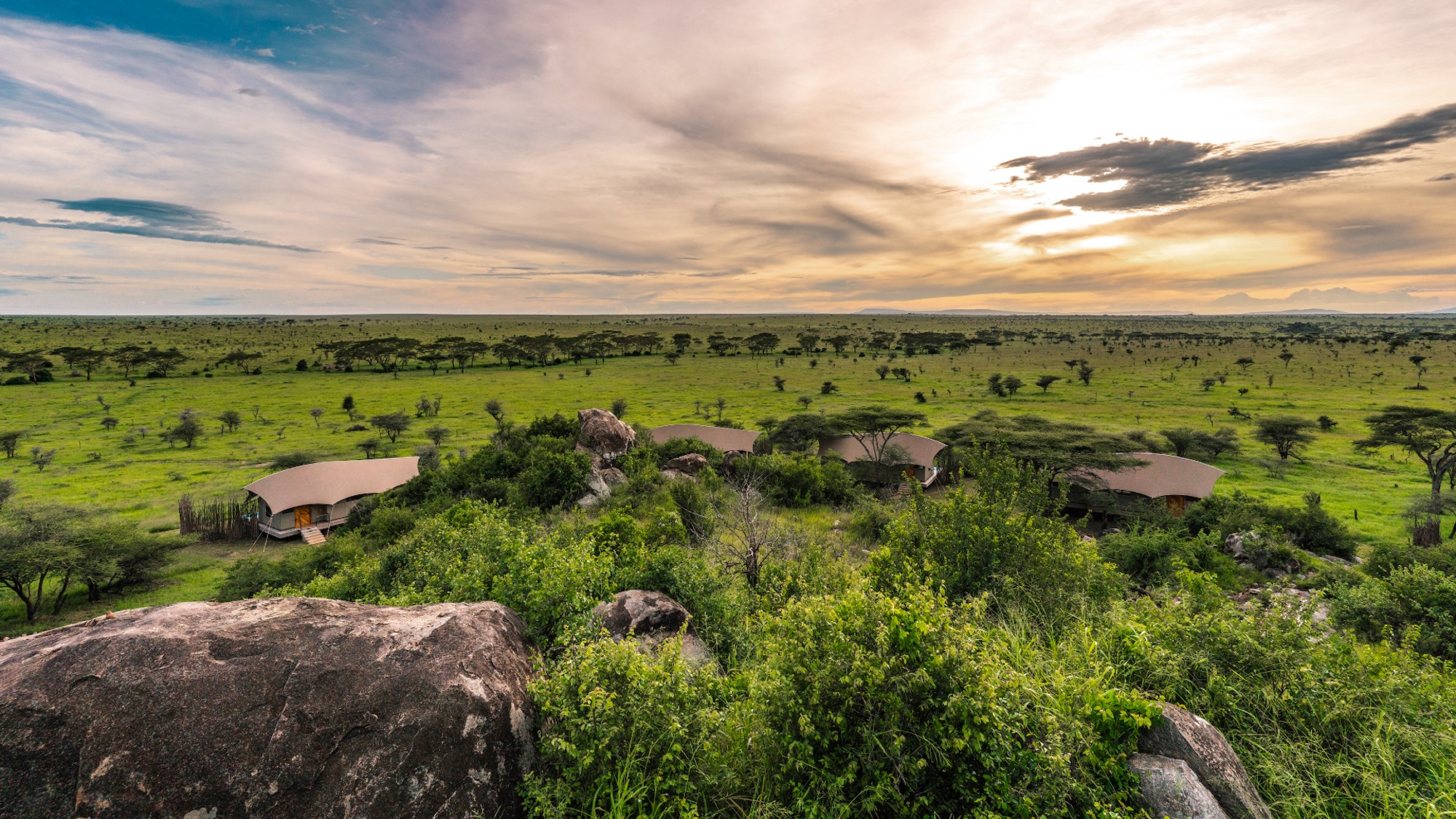 Experience Tanzania’s untamed wilderness from Lemala’s luxury lodges
Experience Tanzania’s untamed wilderness from Lemala’s luxury lodgesThe Week Recommends The vast protected landscapes are transformed into a verdant paradise during ‘emerald season’
-
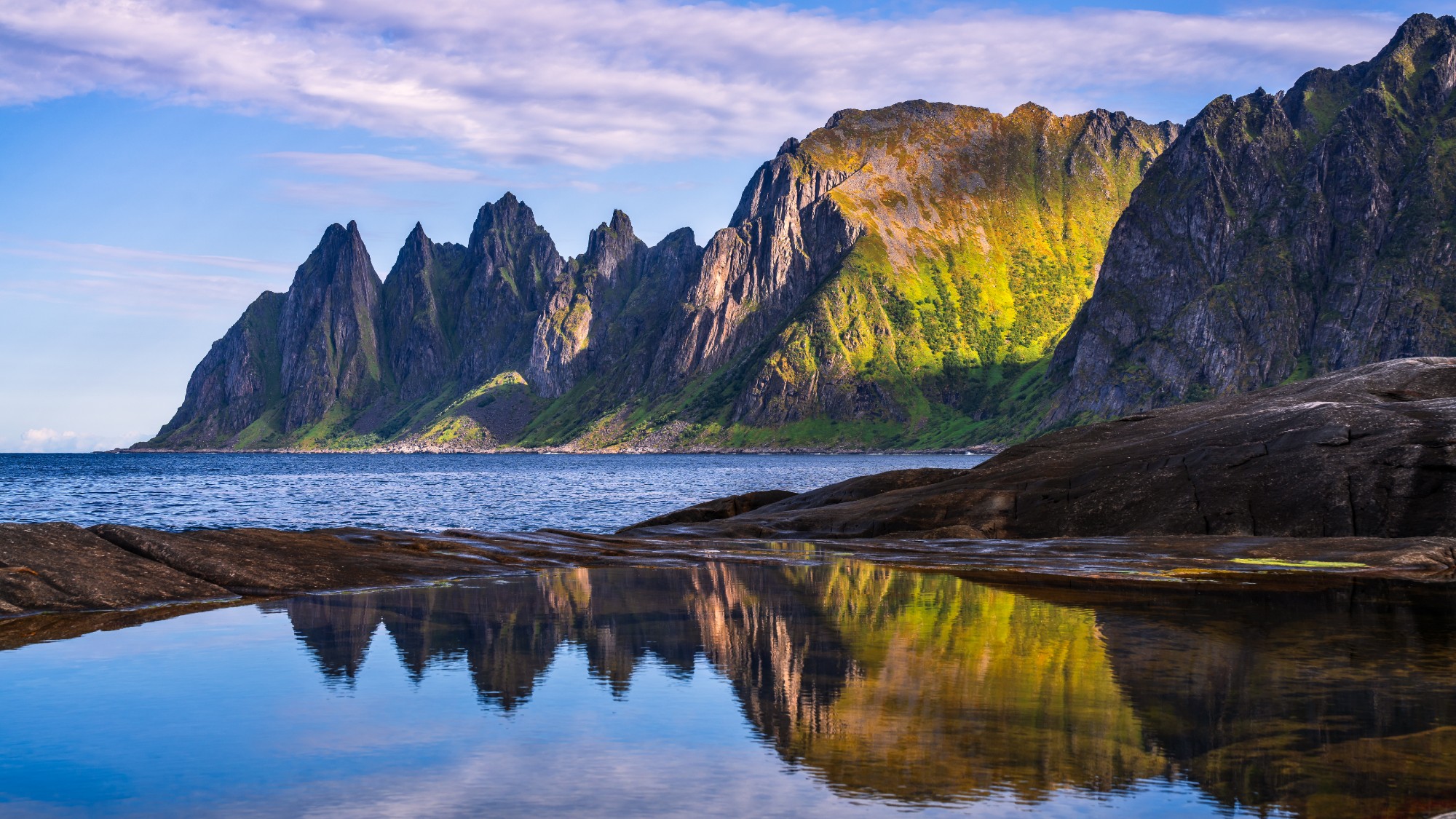 Go beyond the islands you already know in these 8 countries. Surprises await.
Go beyond the islands you already know in these 8 countries. Surprises await.The Week Recommends These destinations fly under the radar
-
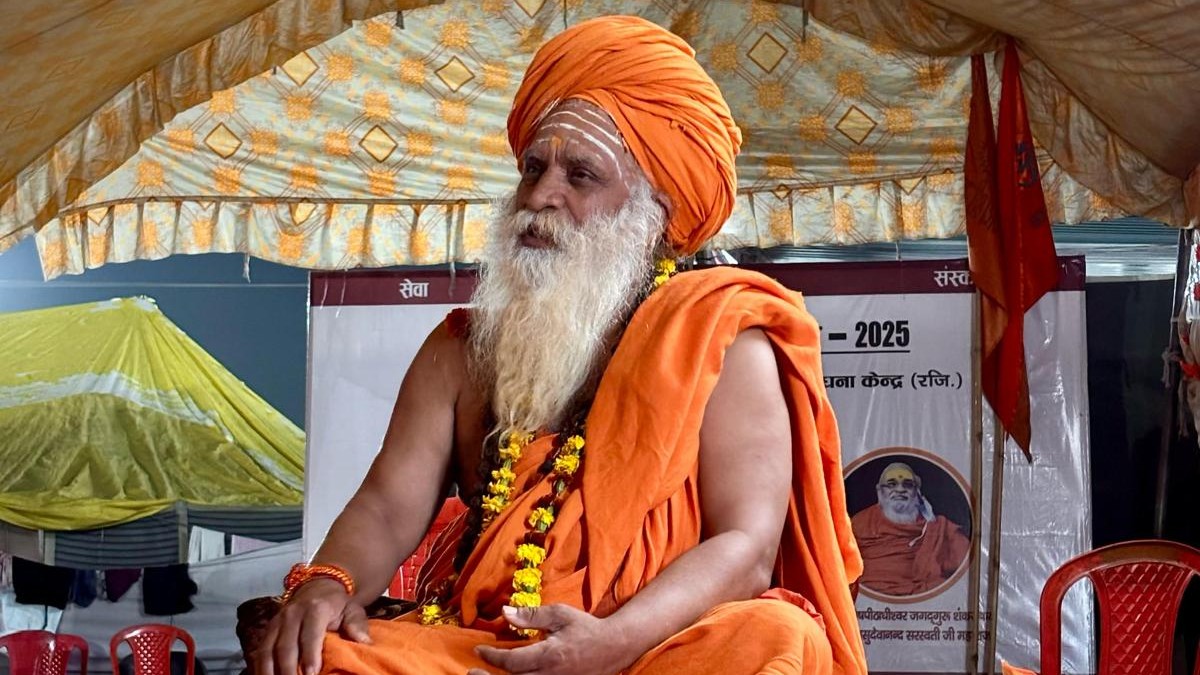 Uttar Pradesh: from a once-in-a-generation festival to tiger tracking in an ancient forest
Uttar Pradesh: from a once-in-a-generation festival to tiger tracking in an ancient forestThe Week Recommends Soak up the state's rich culture on one of Explorations Company's specially curated tours
-
 Friendship: 'bromance' comedy starring Paul Rudd and Tim Robinson
Friendship: 'bromance' comedy starring Paul Rudd and Tim RobinsonThe Week Recommends 'Lampooning and embracing' middle-aged male loneliness, this film is 'enjoyable and funny'
-
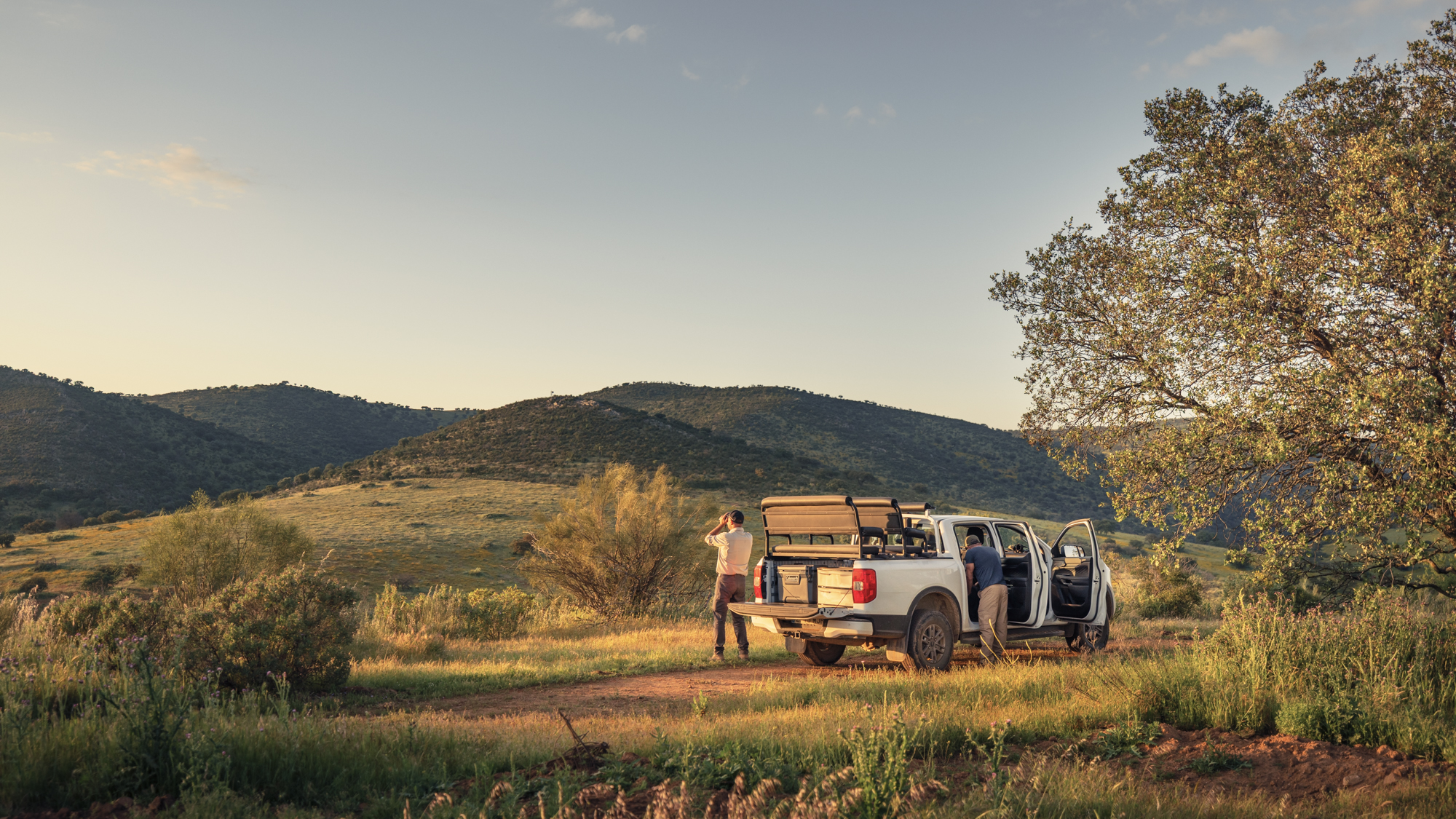 On the trail of the Iberian lynx
On the trail of the Iberian lynxThe Week Recommends Explore the culture, food – and wildlife – of Extremadura on this stunning Spanish safari
-
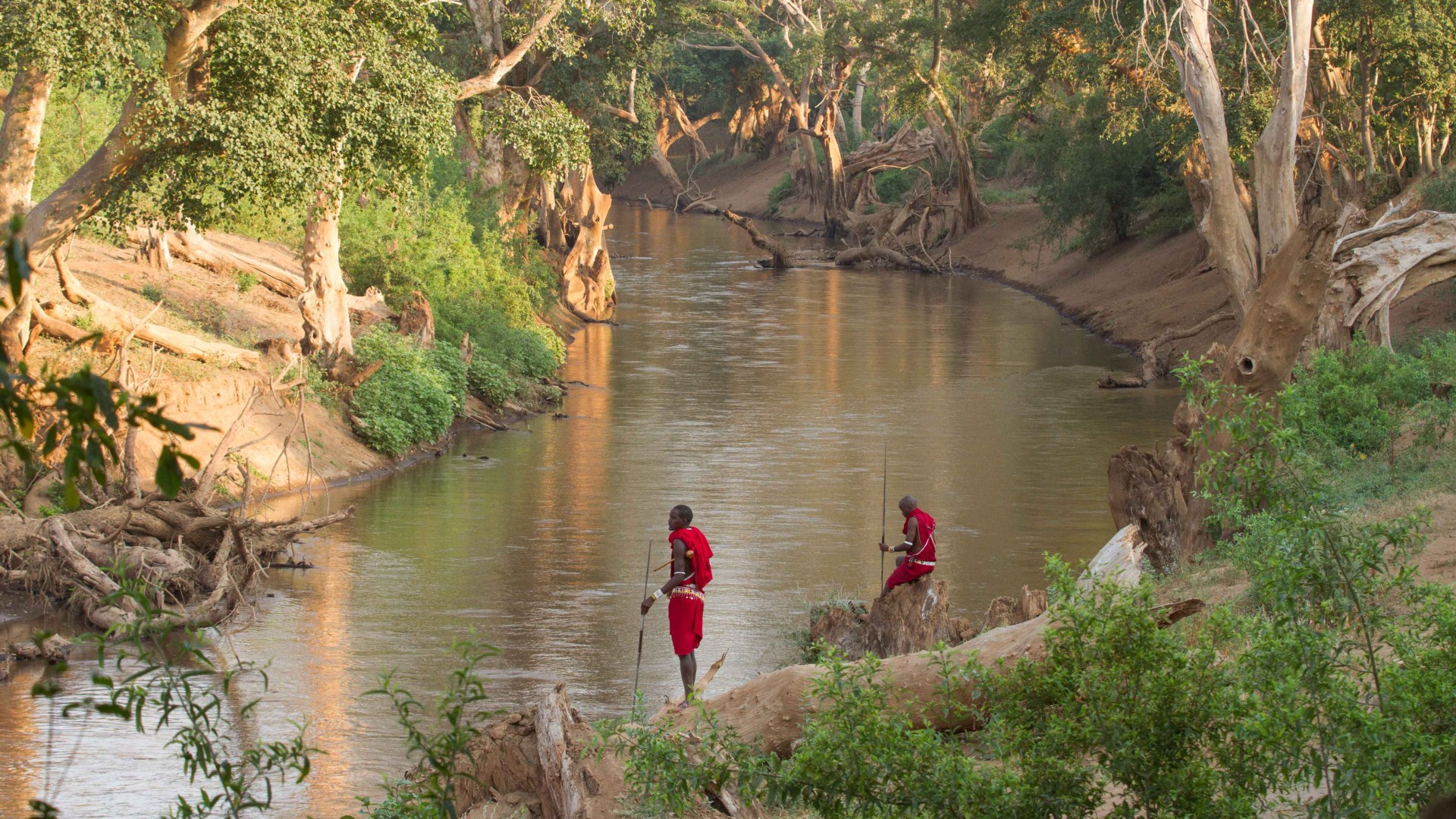 Shompole Wilderness Camp: immerse yourself in nature at this secluded retreat
Shompole Wilderness Camp: immerse yourself in nature at this secluded retreatThe Week Recommends This luxurious family-run camp in southern Kenya has access to more than 350,000 acres of pristine savannah
-
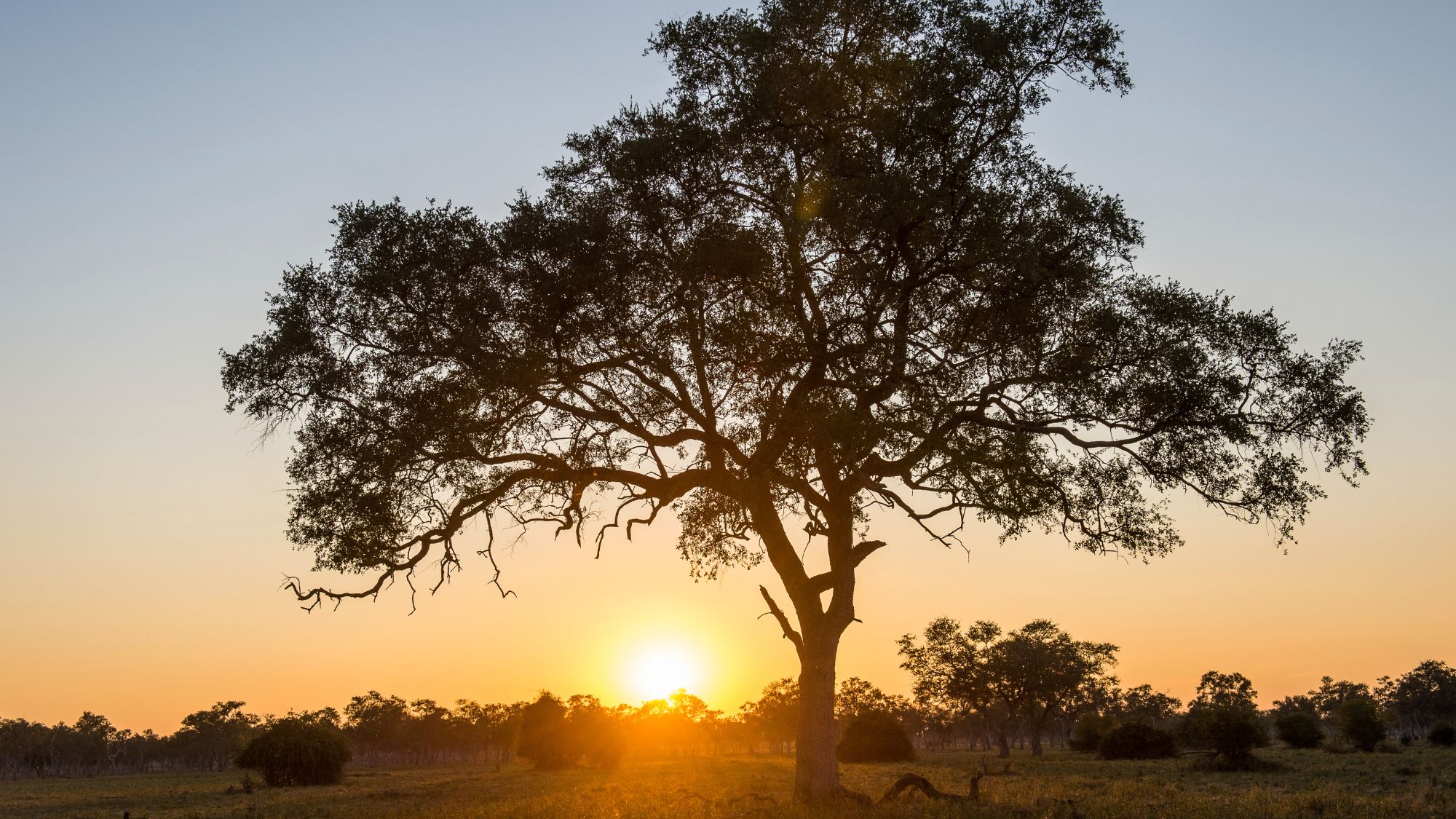 A horseback safari in the wilds of Zambia
A horseback safari in the wilds of ZambiaThe Week Recommends Unforgettable trip offers chance to see wildlife and experience local villages
-
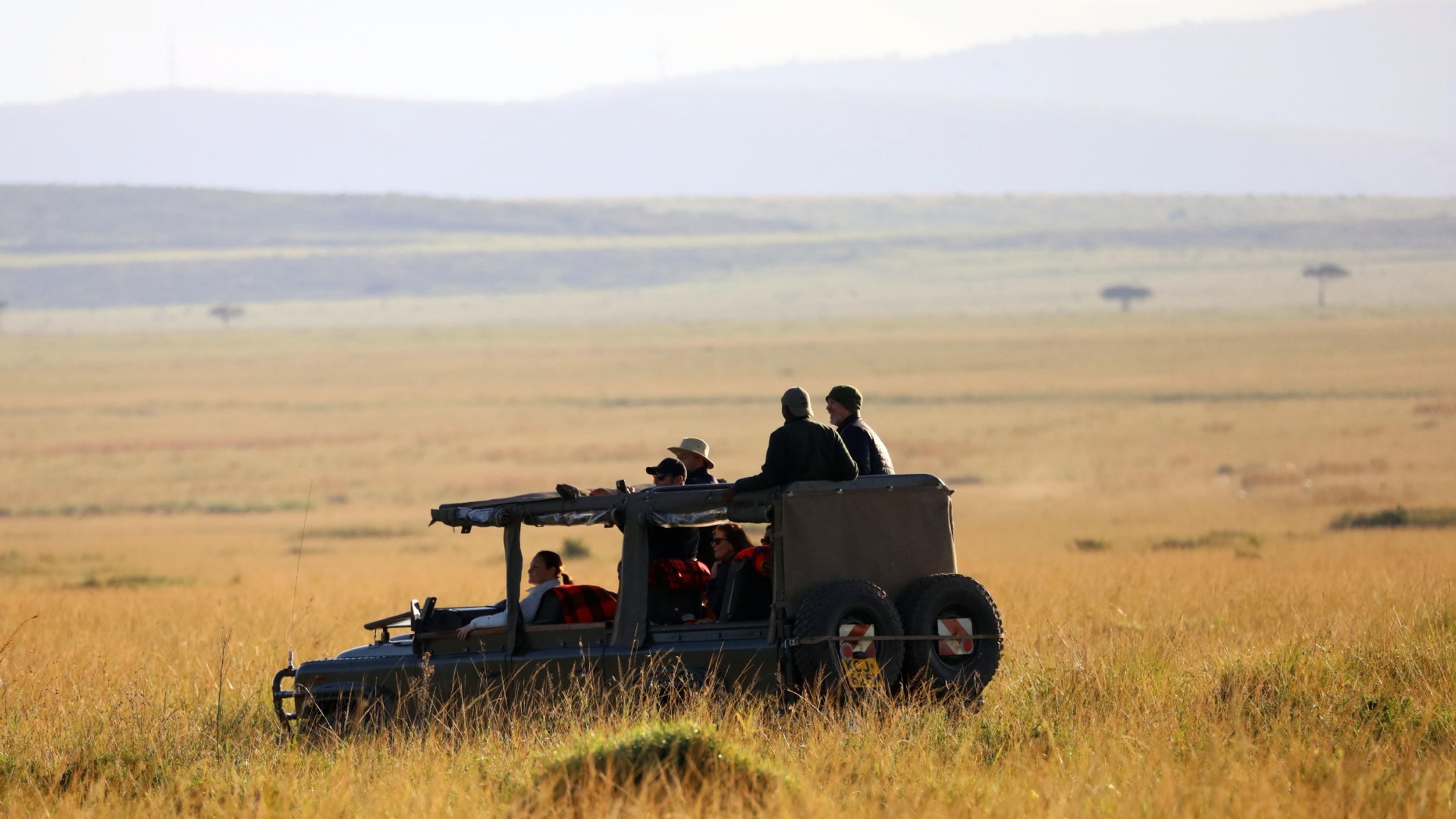 Roca River Camp: home from home in the wild Maasai Mara
Roca River Camp: home from home in the wild Maasai MaraThe Week Recommends This luxurious camp's expert guides all but guarantee front row seats to the savannah's most majestic spectacles